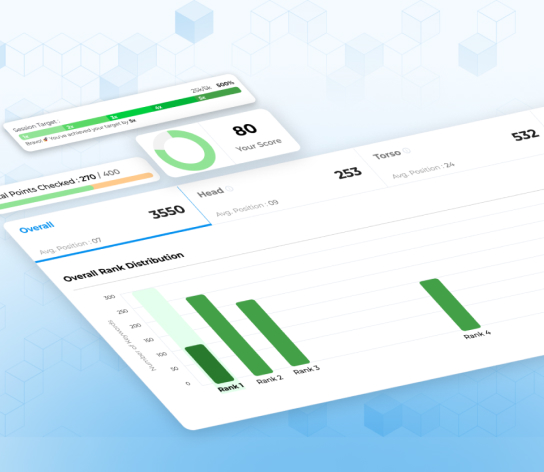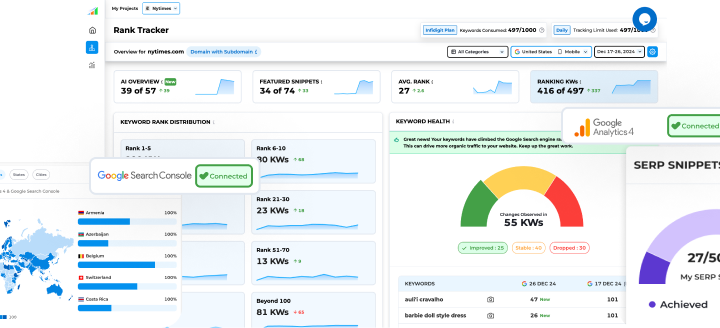Google shares tips on the most proficient method to check if your site meets the new page experience update rules.
The video is another part of Google’s Getting Started with Page Experience series on YouTube.
Google clarifies that it bunches the page experience ranking factors into two categories: Core Web Vitals and everything else.
This video focuses on all the other things. It specifically shows SEO experts how to check for:
- Mobile-friendliness
- HTTPS usage
- Lack of intrusive interstitials
Along with Core Web Vitals, Google accepts these are fundamental to providing users with a superior experience.
Here is how you can keep track of how your pages are performing with regard to each of the factors listed below.
-
HTTPS
This is a direct check. Your site either utilizes HTTPS, or it doesn’t. If it performs, then you proceed to the check. Also, it’s advantageous to confirm that the rel=”canonical” is set to the HTTPS version of your domain. Finally, ensure all non-HTTPS traffic is redirected to the HTTPS version of URLs.
-
Mobile-Friendliness
Mobile-friendliness refers to a particular list of issues that cause awful user experiences on mobile devices. If your site works with a modern, responsive design, it probably meets the criteria for being mobile-friendly. So, Google checks ensure text isn’t too small to read, links aren’t too small to tap, and there aren’t any significant signs that the site isn’t optimized for mobile devices.
Google suggests a few changes that can assist with ensuring a site is more compatible with mobile devices. This includes
- Make sure the content ascends to the correct size when people open your site.
- Set the slightest height and width for value elements.
These optimisations will probably need a developer’s help and can provide a better user experience.
You can verify if specific URLs meet Google’s rules with the mobile-friendliness checker, and check your whole site with Search Console.
-
No Intrusive Interstitials
This factor can likewise be referred to as an absence of annoying pop-ups. There’s no device for checking this; however the chances that your site utilises computerized pop-ups are quite high, and you’re likely aware of it already. In general, Google suggests trying not to cover the entire page with irrelevant pop-ups.
Users should not feel the need to excuse an interstitial before they can connect with the page. Likewise, advertisements on a page should not be troublesome to what the user is attempting to accomplish.
Note that these essentials don’t appeal to interstitials that they are utilized for:
- Legal reasons (such as age verification)
- Cookies
- User logins
- Subscription paywalls
Those kinds of authentic use-cases are perceived as acceptable by Googlebot.
-
Checking AMP Pages
Google has a different tool for checking AMP pages. However, it’s probably they’re all passing the page experience factors as of now. You can be sure by using the AMP page experience checker.
You can check the full video below.

Popular Searches
How useful was this post?
0 / 5. 0

















